Felisa Rogers sits down with the author of Mezcal in Oaxaca: A Craft Spirit for the Global Marketplace to talk about the mezcal boom and our quest for authenticity.
Ronda Brulotte observed the mezcal boom in real time. A lot of people can say that, but her position is interesting because she didn’t have a horse in the race. She wasn’t a producer, she wasn’t an entrepreneur, she was just there–watching and listening.
Maybe I’m making the situation a little creepy, so let me clarify. Anthropologist Dr. Ronda L. Brulotte is a professor at the University of New Mexico. She’s an influential thinker in the arena of Latin American studies, and has been conducting research in Oaxaca since 1995, when she was an undergraduate on a study abroad program.
“We went out to a lot of different communities, and we’d sit and talk with the artisans. And I got really interested in this idea of folk craft,” she says.
In her groundbreaking book on Oaxacan folk art, Ronda demonstrated how identity politics and notions of authenticity impact the perceived value of craft products. During her research, she noticed that mezcal was garnering attention and prestige. She didn’t see it as a magical elixir, but rather as another craft product–and the opportunity for a potentially rich vein of study. In 2011, she began seriously documenting the spirit’s ascendancy.
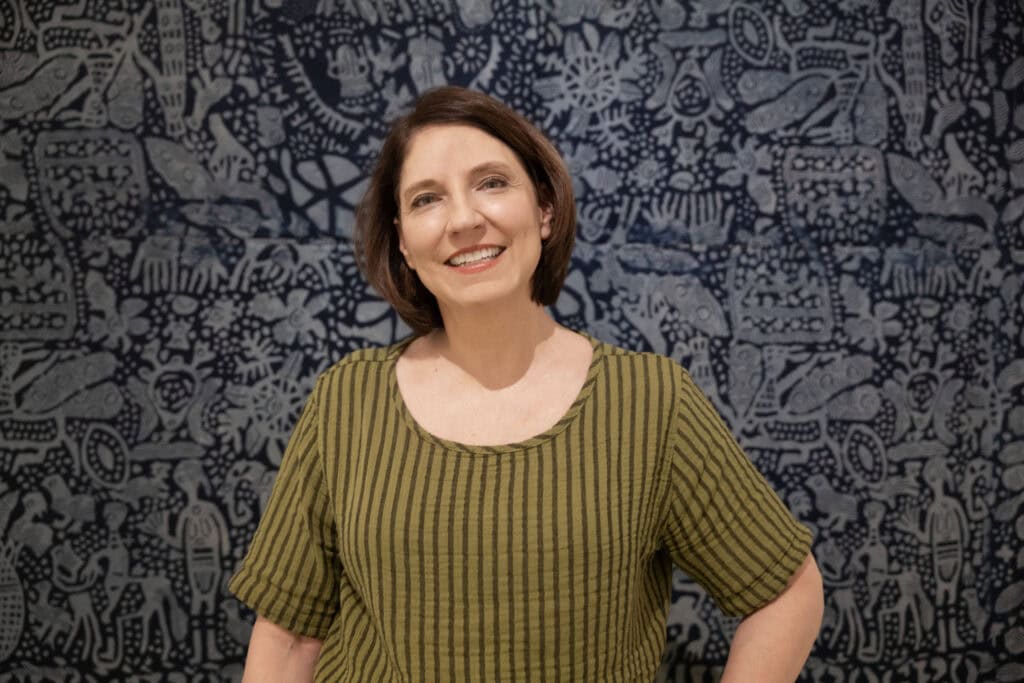
“I started at the beginning of the boom, which was fortuitous,” she says.
She imagined a classic anthropological approach to the study, like her first book on Oaxaca, which was rooted in a specific town. At the outset of her research into mezcal (for which she eventually won a Fulbright Scholarship), she spent weeks in different villages, trying to choose a location. But she realized that approach wasn’t going to work if she wanted to capture the complexity of Oaxacan mezcal.
“Miahuatlán is very different from Sierra Norte, where Tosba mezcal is produced,” she says. “Those two regions are apples and oranges. And you’ve got this whole spectrum of situations. For instance, you’ve got one guy up in the Mixteca making mezcal in his backyard with no commercial market. You’ve got what’s essentially factory production on the outskirts of Oaxaca on the way to Mitla. So being in one place, you’re not going to capture everything.”
To gain a deeper understanding, she traveled Oaxaca. She had hundreds of formal and informal conversations with relevant people–ranging from tourists to brand owners. Over the course of nine years, she visited numerous villages and stayed at many palenques, where she participated in every part of the production process.
Ronda on learning how to make mezcal
“I like doing it. I grew up on a farm, so I think that I’ve always been struck by the work that goes into making something,” she says, but notes that she definitely had her favorite and not-so-favorite parts of the process.
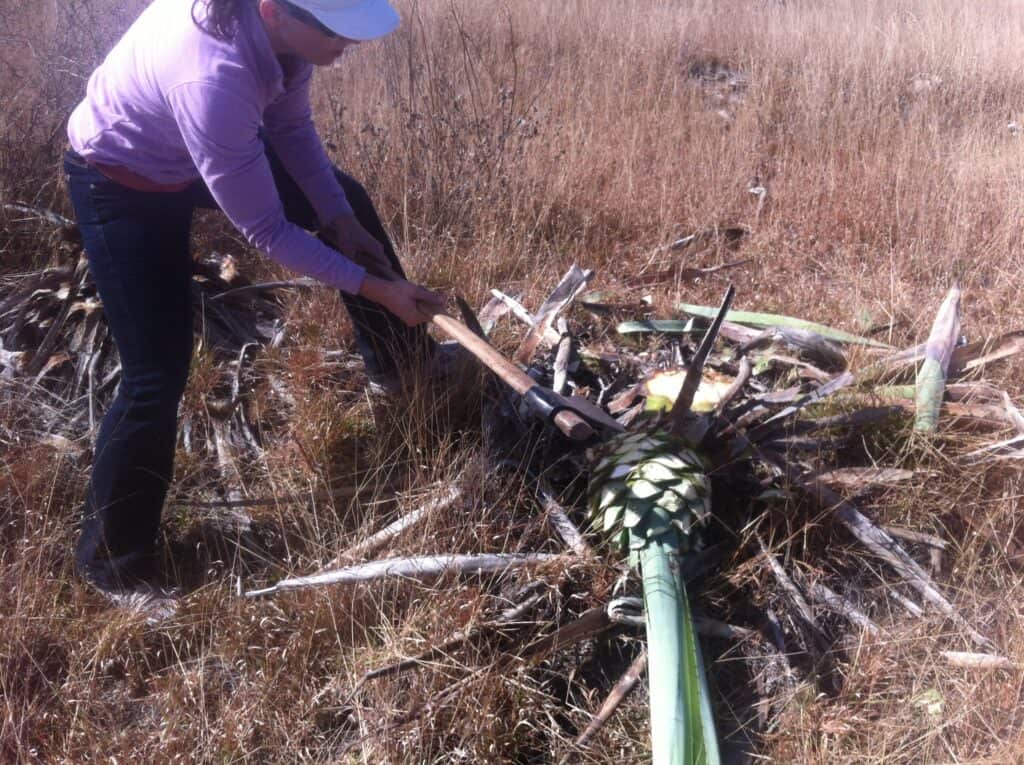
“Cutting the agave itself was not what I expected,” she comments, laughing. “When I actually tried to cut down an agave heart, I was like, Oh my god, this is awful. I’m going to chop my foot off with this ax. My agave was a little baby—it looked like the size of a literal pineapple. And these guys were cutting off these 200 pound agave hearts using the same tools.”
Her research culminated in Mezcal in Oaxaca: A Craft Spirit for the Global Marketplace, in which she questions common perceptions about mezcal. (Read my review here.)
“One of the things I emphasize in the book is that we fetishize this old man that’s sitting there, the maestro mezcalero, but there’s all these people involved in mezcal. So I was interested in the labor of other people,” she says. “This is going to sound a little naïve, but I was surprised by the way that women’s labor is disregarded.” She pauses. “But you know women’s labor is always disregarded.” She laughs and shrugs with a certain resignation.
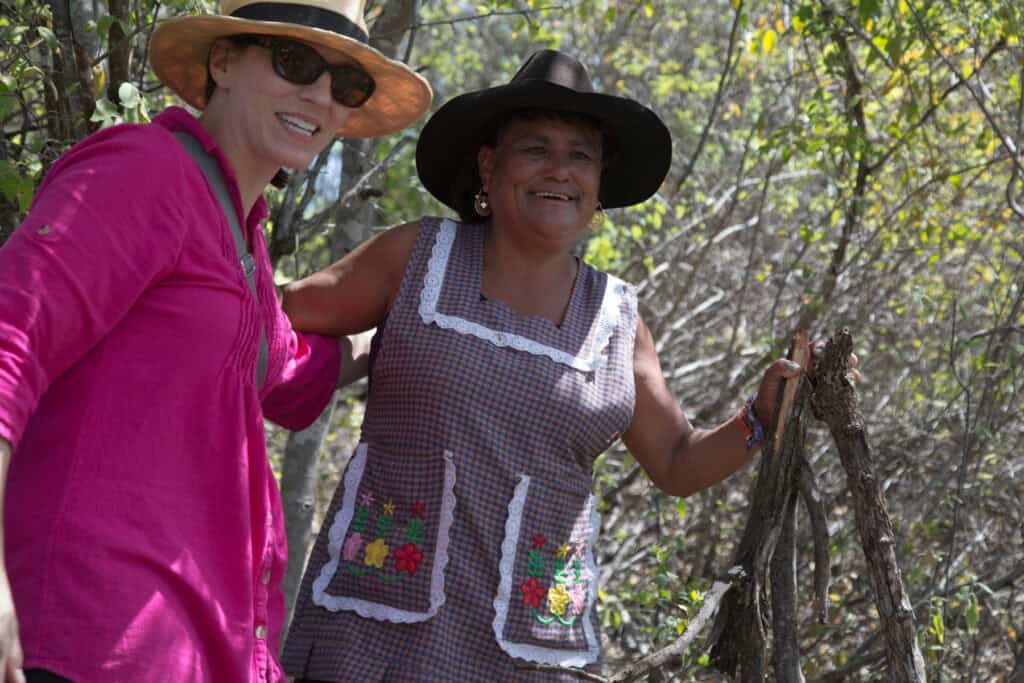
On a brighter note, a favorite aspect of her research was spending time with a woman whose work is recognized, maestra mezcalera Reyna Sánchez.
“I had so much fun…I hope in the book I captured it. Reyna Sánchez…she’s just this ball of energy. Whenever I would go to see her…you just knew something interesting was going to happen. She’s this very interesting person who lives in the world on her own terms and the world becomes more alive because of it. When you’re with her, you feel that energy.”
She and Reyna would go out walking together. “She would literally make her own path,” Ronda recalls. “We’re hacking our way through brush because she’s like, I think there’s some agave over here. I really enjoyed my time with her–being close to the plant life and the product, seeing it through her eyes.”
So you want to start a mezcal brand?
On the opposite end of the research spectrum, she was dismayed by the sheer number of clueless entrepreneurs who appeared on the scene.
“People would come down with no knowledge of the place, with no knowledge of Spanish, with really no knowledge of anything, and they’d think that they were going to start a mezcal company. Oh my god, I came to Oaxaca on vacation and I just fell in love and now I’m going to have a mezcal brand!” Ronda mimics. (Her sly sense of humor is woven through the book, which makes the read as easy and enjoyable as our conversation.)
Observing the action could be disheartening. “I guess I shouldn’t have been surprised by the arrogance with which some people treated rural producers, trying to lowball them on their product. I think there’s a lot of people trying to take advantage, and I was disappointed to see so much of that.”
As 2011 faded into 2012, she noted an uptick in visitors.
“In the early years, producers were so desperate to get people interested in mezcal. So when anybody that came who had money, [the producers] would roll out the red carpet and show these people around, hoping they’d swoop in and buy up mezcal. It was so interesting…You would have thought, like, royalty was coming.”
But she’s quick to note the naivety of entrepreneurs who underestimated producers and their families.“These people are smart. They know what’s going on. They’re not living in a bubble. These are people that have traveled and lived in the United States. They’ve dealt with the gringos before.”
Part of the draw for “the gringos” was a sense of the romantic, which ties into one of Ronda’s ongoing interests.
Why are we so obsessed with the idea of authentic mezcal?
“Tourism is a thread in all of my work since the beginning…And I think what interests me is how culture becomes commodified, and how tourism is one of the mechanisms by which that happens. What fascinates me is: Why are people so fascinated with Mexico? What is it that they’re looking for there?”
When I ask her why she thinks people are so obsessed with “authenticity,” she laughs again. “There’s been whole books written on that, but I didn’t write them. The scholarship would argue that this obsession with authenticity is a modern phenomenon that comes from–and this sounds very Marxist–man’s alienation in modern industrial society.”
To illustrate this, she imagines an office worker who lives on TV dinners but has a sort of wistfulness for activities like splitting wood or grinding corn on a metate.
“We perceive that we’ve lost something and we can find it in other places,” she says, ascribing the obsession with Oaxaca as “a quest to find something that’s been lost in modern society.”
This quest can manifest as the active path of tourism or an obsession with craft products–an interest that seems to ebb and flow with historical and cultural pressures.
“Craft maps onto these different moments where we feel this heightened alienation,” she theorizes. “Things just build up and it kind of explodes…The original ‘hippie’ counterculture was a social movement that was in opposition to post-WWII consumerism… The dissatisfaction that people were feeling. Hippie culture was a reaction to all of that modernization and industrialization…People wanted to go “back to the land,” back to “traditional.”
Ronda grew up “on the land,” in Eastern Washington but without a concept of “craft” culture.
“I grew up in the 70s on a hops farm,” she says. “We had all this merch my dad would get from Anheuser-Busch. I had a Spuds Mackenzie shirt back when it was all controversial. Someone had given it to my dad for free, and I was wearing it around. So we were always exposed to the beer industry. Neither of my parents are big drinkers at all, but it was always around. It was Anhueser Busch. It was Coors. There was no craft brew industry. And there was no craft tequila or craft mezcal either. Because those were kind of new ways of thinking about things that up until then had been these big mass-marketed products.”
The hippie counterculture had been creating and consuming craft products since the 60s, but these “homemade” salsas and microbrews were largely niche until another cultural moment kick-started the commodification of “craft” in the mainstream market: the recession of 2008.
“People went, Oh my god, we can’t keep going like this!” Ronda says. “And the answer was not being a hippie, it was: I’m going to open an Etsy store and make my own hand-crafted felted baby shoes or whatever.”
DIY became a catchphrase, but there was a growing interest in “authenticity,” quality, and ethical consumerism, which set the stage for the mezcal boom.
“Mezcal attracts a certain kind of educated consumer,” Ronda says. She remembers going on a tour to Tosba with a group of mezcal aficionados: “These were really smart, educated people who were deeply invested in learning about what they were doing and seeing. These were not just tourists who showed up and wanted a tequila party bus. I told them what I was doing and they would ask me really good questions.”
She wrote her book with those people in mind. “My hope was that people besides academics would read this…I didn’t want a 400 page book with a hundred pages of footnotes,” she says.
Mixing a tremendous amount of research into a compelling narrative is a tricky balancing act, and I ask Ronda how she managed it.
“The best piece of advice I’ve gotten as a writer was: Just tell the damn story. Think about if you’re reading good fiction—what stories would grab you? This isn’t fiction, but I tried to think about what interesting stories or moments stood out to me. I’d remember an incident or something someone said and think: What’s the bigger issue? And then I’d build out from that.”
You can buy Mezcal in Oaxaca here.
Ronda’s recommendations:
Speaking of reading… As a fellow Mexico geek, I was curious about some of Ronda’s favorite Mexico books.
Some books and authors she mentioned off the top of her head:
The People’s Guide to Mexico by Carl Franz, Lorena Havens, and Steve Rogers (Full disclosure: I was tremendously pleased to hear this because Steve is my late father and I edited the 40th anniversary edition of the book.)
You Dreamed of Empires by Álvaro Enrigue (fiction)
Zapotec Women: Gender, Class, and Ethnicity in Globalized Oaxaca by Lynn Stephen
Que vivan los tamales! Food and the Making of Mexican Identity by Jeff Pilcher
Diana Kennedy in general (Ronda: “It’s such a hoot to read her stuff. She’s so condescending.”)
Elena Poniatowska in general
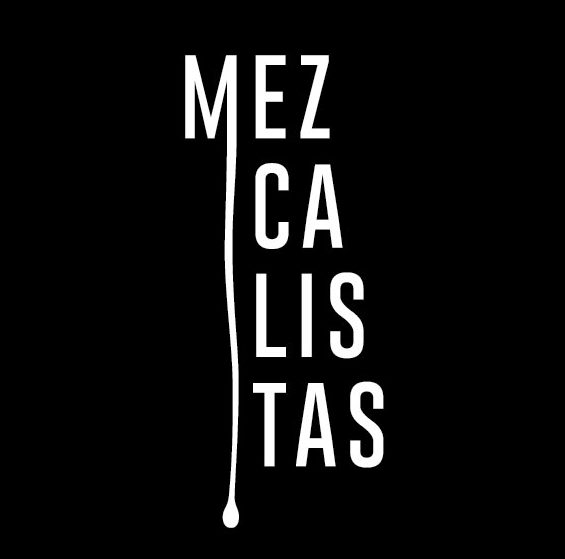

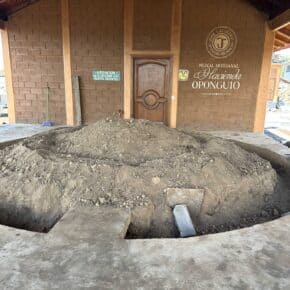
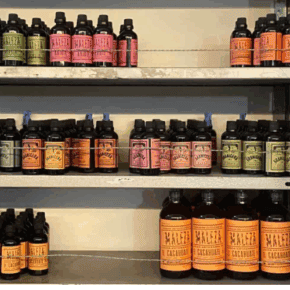
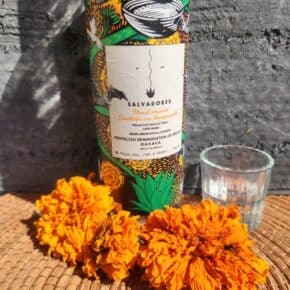
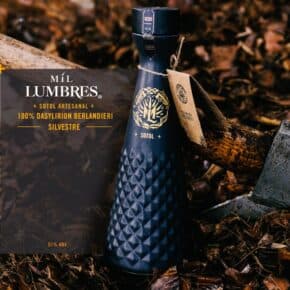
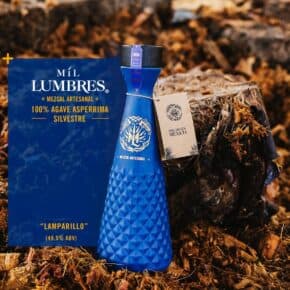
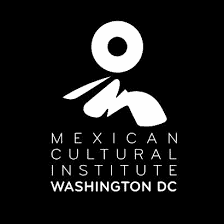

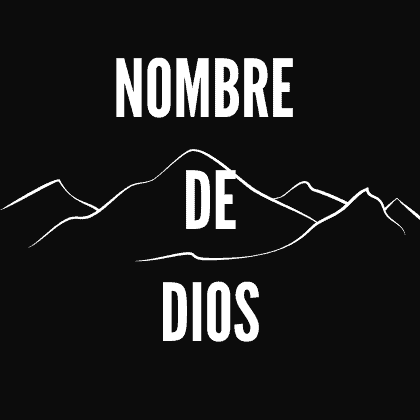

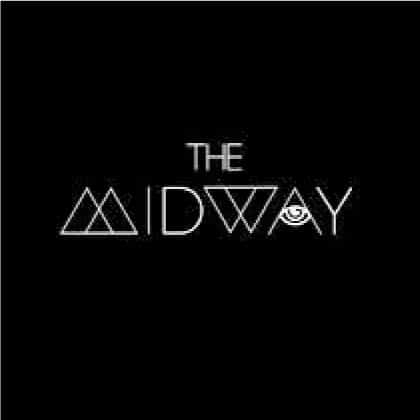
Leave a Comment